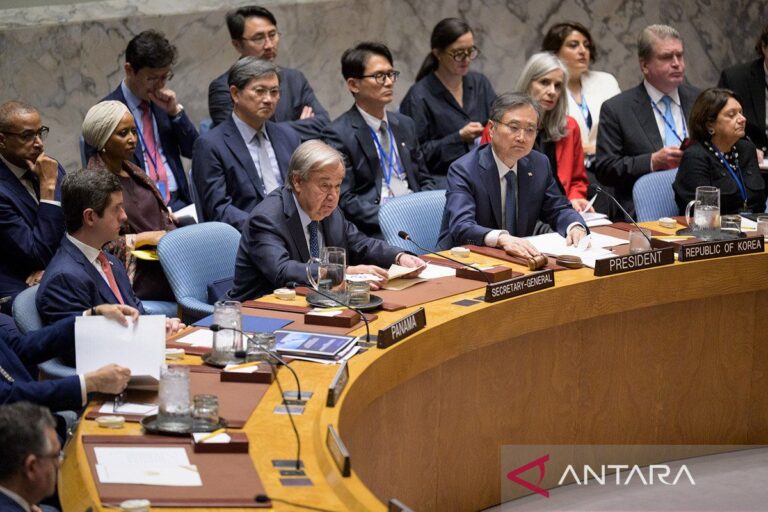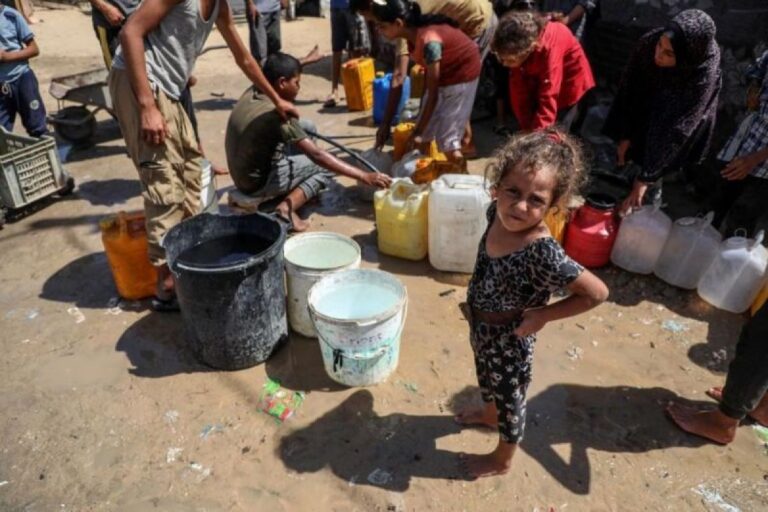
Jakarta (ANTARA) – The Asia Pacific Economic Cooperation Forum is back in the spotlight after President Prabowo Subianto attended the APEC High-Level Conference (Summit) in Gyeongju, South Korea, from October 31 to November 1, 2025.
APEC or Asia Pacific Economic Cooperation is an important forum that brings together countries in the region to discuss issues related to trade, economic growth and regional stability. This organization, which has been active for more than three decades, plays an important role in opening up opportunities for cross-border cooperation, including for Indonesia.
So, how did the formation of APEC go? Check out the following review of the journey to APEC, based on information gathered from various sources
What is APEC?
The Asia Pacific Economic Cooperation (APEC) is an international cooperation forum composed of countries around the Pacific Ocean. This forum is a forum for collaboration in the economic, trade and business sectors with the aim of strengthening growth and relations between countries in the Asia-Pacific region.
Main objectives and roles
Since its inception, APEC was established to accelerate regional economic progress and strengthen regional integration. This forum encourages the reduction of trade and investment barriers so that member countries can benefit from economic benefits more fairly and openly. Ultimately, APEC is expected to play a role as an engine of global economic growth.
History of the formation of APEC
The idea of establishing APEC emerged at a multilateral meeting of leaders in Canberra, Australia, in 1989. The then Australian Prime Minister, Bob Hawke, proposed the need for an economic forum uniting the Asia Pacific countries.
Not long after, exactly ten months later, 12 countries met again in Canberra and officially agreed on the creation of APEC. The twelve founding countries are: Australia, Indonesia, Japan, Korea, Canada, the United States, Malaysia, Singapore, Thailand, the Philippines, New Zealand and Brunei Darussalam.
Membership development
APEC continues to grow alongside the growing role of the Asia-Pacific region in the global economy. The following waves of member expansion:
• 1991: China, Hong Kong and Chinese Taipei merge
• 1993: Mexico and Papua New Guinea also join
• 1994: Chile joins
• 1998: Peru, Russia and Vietnam follow
Until now, the total number of APEC members is 21 members
APEC’s transformation into economic diplomacy
At first, APEC was just a space for dialogue between senior officials and ministers in the period 1989-1992. Only in 1993, US President Bill Clinton established the annual meeting of APEC economic leaders to strengthen strategic direction and high-level cooperation among member countries.
Driving factors for the birth of APEC
The formation of APEC was inseparable from global dynamics in the late 1980s, including:
• Concerns about the failure of the Uruguay Round of international trade negotiations
• Major changes in the political and economic landscape of the Soviet Union and Eastern Europe
This encourages Asia Pacific countries to strengthen economic cooperation in order to maintain regional stability.
APEC’s future mission
At an important meeting in Blake Island, Seattle, USA, APEC leaders agreed on a grand vision that this forum would help drive the world economy. Since then, APEC has continued to be a strategic space to discuss various global economic issues, from digital trade to food security.
Read also: China will strengthen APEC at the forefront of the global economy
Read also: APEC leaders adopt joint statement to deepen cooperation
Read also: Xi announces Shenzhen will host 2026 APEC summit
Reporter: Sean Anggiatheda Sitorus
Publisher: Alviansyah Pasaribu
Copyright © ANTARA 2025
Automatic retrieval of content, crawling or indexing by artificial intelligence on this website is strictly prohibited without written permission from ANTARA news agency.



